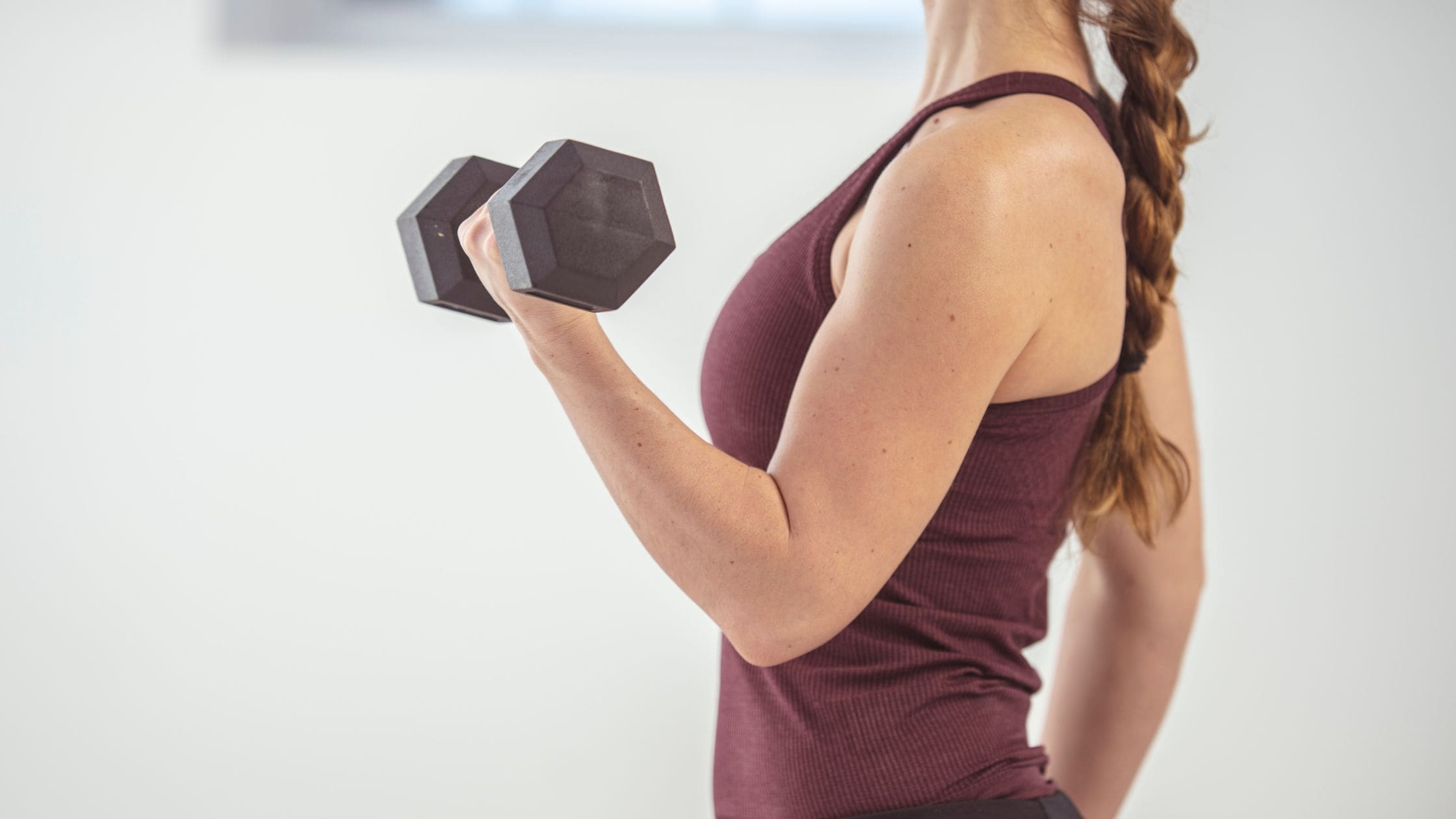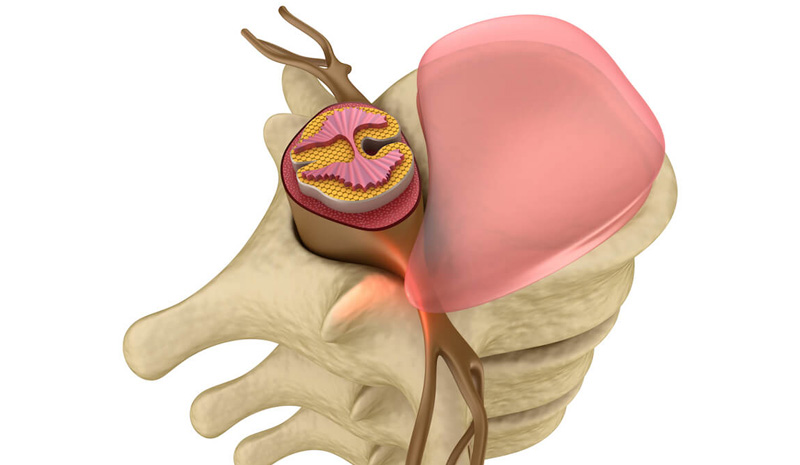Do you get back pain and want an easy exercise to help? Do you wonder why you get lower back pain after being in the gym? Do you feel really stiff but never feel like you can get a good enough stretch or your mobility just is not improving? Maybe you have plateaued in your Pilates training and are not sure why?
In this article, we’ll be discussing:
- What is the pelvic clock
- How to do the pelvic clock exercise
- What are the benefits of the pelvic clock exercise
- Who is the pelvic clock exercise suitable for / not suitable for?
What Is The Pelvic Clock Pilates Exercise
Understanding the pelvic clock exercise is the basis for all movements we do!
Being able to do a pelvic tilt well, will improve your squat and deadlift, increase your stretch and help you to understand even the more complicated movements.
It’s also suitable for pretty much everyone.
The pelvic clock is a small and subtle Pilates exercise which is carried out on a mat where you engage your abdominal and pelvic floor muscles. Firstly, picture there is a clock lying flat at the lower part of your abdomen. Twelve o’clock is at your belly button, six o’clock is at the top of your pubic bone. Your hip bones are at nine and three. Next engage your abdominal muscles to move the pelvis only an inch or so in each direction using the abs and not the back.
This exercise should be used to build awareness of positioning your abs, pelvis, and spine.
How To Do The Pelvic Clock Exercise
- Lie on your back with your knees bent and feet flat on the floor and in parallel
- Make sure you are in a neutral spine position.
- Relax your neck and shoulders, bringing your shoulders away from the ears
- Bring your hands together so that the fingertips of your index fingers are touching and your thumbs touch.
- Place them at the bottom of your lower belly so that the tips of your fingers rest lightly on the top of your pubic bone, and your thumbs are near your belly button. This allows you to feel the movement of the pelvis.
- Breathe deeply, expanding your ribs evenly and into the lower abs.
- Engage your abdominals and bring your belly down to your spine, lengthening the spine along the floor. This will create a pelvic tilt where your clock is now no longer flat, but down at the 12 o’clock position (navel) and up at the 6 o’clock position (pubic bone).
- Use your abs to rotate your clock down to the side so that the 3 o’clock hip is lower. Continue on the inhale to move around the clock—tilting the pelvis until the six o’clock position is lowest. This will create a small arch in your low back.
- Bring the movement around so that the nine o’clock hip is down. Continue your exhale as you bring your navel (the 12 o’clock position) to the low point again
- Repeat another cycle in the opposite direction
- Repeat each direction two or three times and then reverse
Pelvic Clock Exercise – Top tips
- Finding your ‘neutral’ spine
If you want to find your neutral spine, you need to master this. This will help you get stronger and stop imprinting your spine! - Relax your bottom!
You can start the movement by relaxing your glutes and simply letting your tailbone fall. This way you release the whole of your pelvic floor and will not start the movement in your back. - It’s ok to let your head move!
Remember, your pelvis is attached to your spine, which is attached to your head! If you want to create full movement allow this to flow throughout rather than stopping it half way. This will help you to see the timing of your movements. - Focus on your feet
Feeling the pressure in your feet when you do this simple movement will help you to understand where some of the bigger movements come from. Full body integration starts at the beginning!
This movement can be a great way of getting you back into simple exercises after giving birth and can also aid your digestion!
Pelvic Clock Exercise Benefits
The pelvic clock is a brilliant exercise to help achieve flexibility and strength in the lower back, pelvic floor, and core—in order to prevent pain and injury.
Further benefits to the pelvic clock exercise:
- improved circulation to the pelvic organs
- decreased tightness and stiffness especially if you sit at a desk all day
- increased pelvic flexibility (always a good thing);
- improved balance to give greater spinal stability.
Who Is The Pelvic Clock Exercise Suitable For?
This is a perfect exercise if you sit a lot throughout the day, cycle, play golf or if you are pregnant. It can also help those with pregnancy back pain (pre and post natal), digestive issues and other ailments as mentioned above.
Who Is The Pelvic Clock Pilates Exercise Not Suitable For?
This exercise may not be suitable to anyone who has difficulty lying flat. Although it is good for early pregnancy, it may not be comfortable laying on your back in later pregnancy.
We would advise you to speak to your GP or an exercise specialist such as a Clinical Pilates Instructor for your own individual advice and any modifications which may need to be made.
Why Do The Pelvic Clock Exercise?
The pelvic clock Pilates exercise can help with a wide variety of physical problems that could be caused by running, cycling, golf, cycling or general strength training including uneven hip movement, muscle imbalance at the pelvis, tight hip flexors, back pain and hip pain to name just a few. It can also support those who live a sedentary lifestyle or those who may be pregnant or just had a baby – by waking up the core and strengthening the abdominal muscles and increasing flexibility.
If you are new to fitness or worried about starting a new exercise such as the pelvic clock exercise again, speak to your doctor or physio, or clinical Pilates instructor here at Complete Pilates who can create manageable plans tailored to your needs.
Get in touch online or contact us on 0203 764 5668 for further information and advice!
These blogs are designed to give information to everyone, however, it is important to remember that everyone is different! If you have not seen one of our therapists and have any questions about injuries, what you have read or whether this may be useful to you, please just ask. We are more than happy to help anyone and point you in the right direction. Our biggest belief is that education is key. The more you understand about your injury, illness and movement, the more you are likely to improve.





